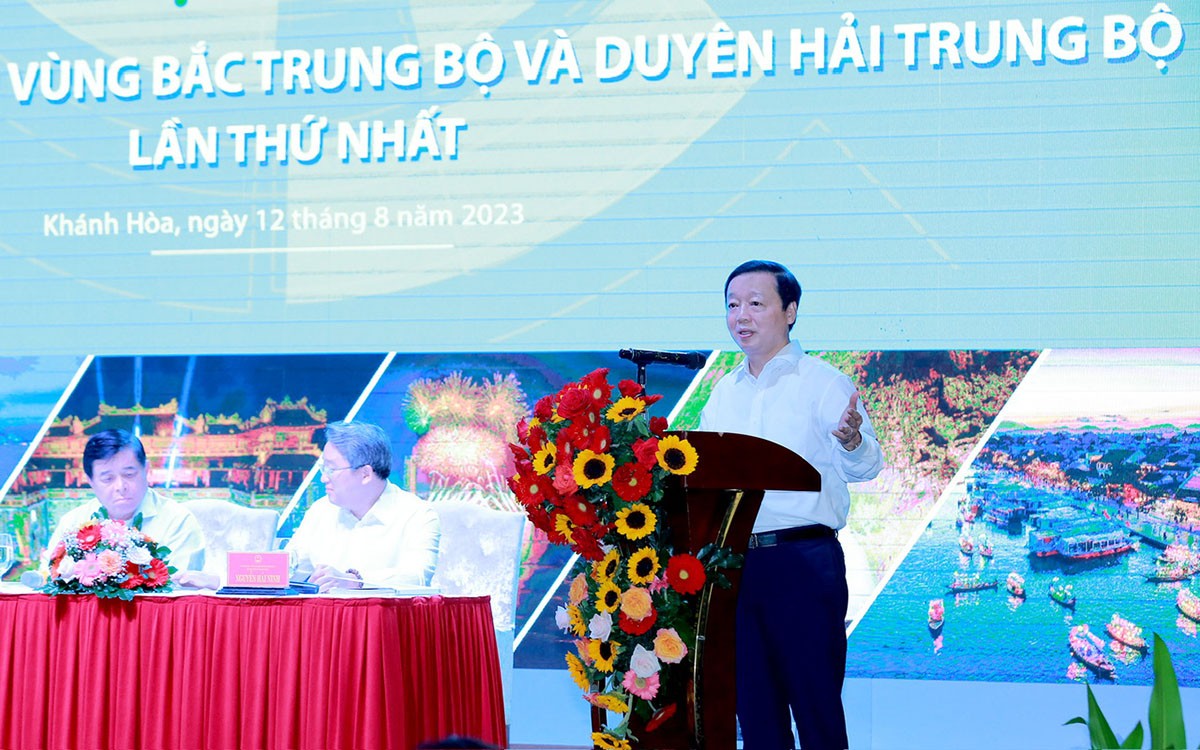 |
| Deputy Prime Minister Tran Hong Ha: It is necessary to demonstrate development thinking, effectively exploit and sustainably use the region's resources. |
The Deputy Prime Minister emphasized that the establishment of the Regional Council is a legal basis for members to jointly resolve inter-sectoral, local and regional issues. This is the first time the country has a Regional Coordination Council with the necessary legal mechanism to carry out many important tasks of the country. Therefore, the Deputy Prime Minister requested that the members of the Council focus on clarifying issues related to proposing mechanisms, policies, solutions and planning to develop localities according to their available potential and advantages.
At the meeting, leaders of the Ministry of Industry and Trade, Ministry of Agriculture and Rural Development, Ministry of Transport, Ministry of Culture, Sports and Tourism and representatives of localities presented major orientations in developing potential and advantageous industries in the region; studying the formation of a number of large renewable energy centers; restructuring agriculture, forestry, exploitation, aquaculture and seafood associated with the processing industry, developing fishery logistics service centers combined with national defense and security; restructuring service and tourism industries, developing logistics centers associated with seaports, airports and border gates, etc.
Minister of Industry and Trade Nguyen Hong Dien said that it is necessary to orient regional development in the direction of making the most of the local potential and advantages, ensuring the development of green energy, high-tech industry, import and export, border trade, developing the region into a key tourist area of the country, developing centers, logistics associated with seaports, airports and border gates. At the same time, the region needs to expand and build a national center for refining, petrochemicals and energy; develop digital government to shorten the time, attract investment for localities and in the region. In addition, human resource development is also important, prioritizing high-quality education programs, meeting the process of industrialization, modernization and international economic integration.
Deputy Minister of Transport Nguyen Danh Huy pointed out the difficulties and challenges in terms of resources in the process of regional development planning, thereby proposing that in the planning process, it is necessary to determine the potential of each province, avoiding mutual cancellation. The Ministry will closely coordinate with localities when planning seaports, airports... For the airport system, within 100km, a domestic airport will be planned to maximize the source of regional connecting passengers.
Deputy Minister of Agriculture and Rural Development Phung Duc Tien said that all 14 provinces in the region have sea, which is favorable for the development of marine economy and fisheries. To reduce the pressure on natural fisheries exploitation while marine resources are decreasing, inter-regional aquaculture is also an effective solution to develop the marine economy, contributing to removing the EU's yellow card for illegal, unreported and unregulated fishing by fishermen. Inter-regional fishing ports and inter-regional anchorage areas will also be proposed for development by the Ministry of Agriculture and Rural Development.
Secretary of the Da Nang Party Committee Nguyen Van Quang said that if there is no coordination mechanism but "everyone does their own thing", the unique advantages of each locality will be eliminated. "Da Nang alone can link tourism development with Thua Thien Hue and Quang Nam; agriculture and industry with Quang Nam", the Secretary of the Da Nang Party Committee expressed and said that it is necessary to clearly define the functions and development orientation of each locality's and sub-region's strengths to promote development.
Agreeing with this view, Chairman of Khanh Hoa Provincial People's Committee Nguyen Tan Tuan said that with favorable road and sea traffic conditions, the South Central Coast sub-region (Phu Yen, Khanh Hoa, Ninh Thuan, Binh Thuan) has the momentum to develop into a production center serving the needs of large cities, forming an export corridor for the Central Highlands provinces....
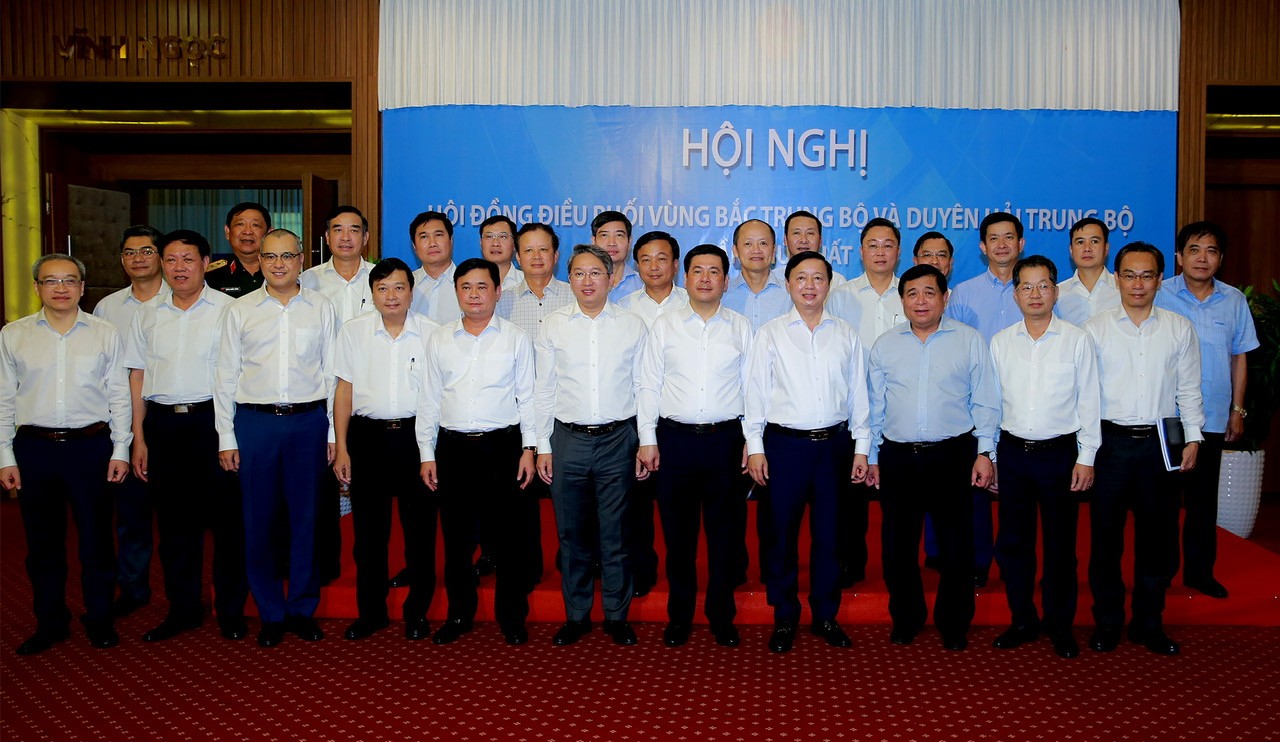 |
| Deputy Prime Minister Tran Hong Ha and leaders of ministries, branches and localities at the first meeting of the Coordination Council for the North Central and Central Coast regions - Photo: VGP/Minh Khoi |
Concluding the conference, Deputy Prime Minister Tran Hong Ha highly appreciated the opinions expressed with comprehensive, strategic thinking, high value, practicality, and contributions to the nation.
The Deputy Prime Minister said it is necessary to demonstrate development thinking, effectively exploit and sustainably use regional resources, promote potential, and avoid competition and eliminate the advantages of each locality.
Commenting on the regional planning orientation, the Deputy Prime Minister emphasized the need to identify advantages, promote the strengths of localities, consider forming a number of sub-regions based on geography, potential, strengths, advantages, challenges, and the ability to optimize connections between provinces to connect and support each other to promote advantages and strategic products, aiming at the goal of synchronous and comprehensive development of the whole region.
Regional planning must demonstrate new thinking on synchronous development of all types of transport, with an energy center as the orientation for industrial and urban development; effectively regulate investment resources to ensure growth goals and quality of localities and the entire region.
The Deputy Prime Minister also emphasized the need to integrate contents on education, vocational training, healthcare, energy, research and development, etc. into regional planning towards forming national centers; planning centers for energy development, offshore aquaculture, fishing logistics, wind power, etc. in advantageous sub-regions.
The Deputy Prime Minister requested that members of the Regional Council must immediately carry out the assigned tasks and soon have the results reported at the Regional Planning Conference next September; it is necessary to determine the working mechanism, demonstrate responsibility and enthusiasm, identify the assigned tasks that must be done immediately, and the tasks in the plan that must be implemented.
The Deputy Prime Minister requested the Ministry of Information and Communications to quickly implement a database application (app) for the Regional Council to exchange information; the Ministry of Planning and Investment, sectors and provinces in the Regional Council will establish the content. The Ministry of Planning and Investment, based on the contributions of members, builds a Regional Planning based on potential advantages, optimizing the advantages of each province, sub-region and region. The Ministry of Industry and Trade considers the issue of green energy, the Ministry of Transport plans new thinking on seaport and aviation development. The Ministry of Education and Training and the Ministry of Health consider establishing regional education and medical centers. The Ministry of Finance forms a regional fund, the Ministry of Natural Resources and Environment plans marine resources...
“On behalf of the Regional Council, the Deputy Prime Minister pledged to do a good job, with high determination and commitment to carry out the work promptly and effectively, making the most of the advantages of each locality, promoting economic development of the province, sub-region, North Central region and Central Coast region,” Deputy Prime Minister Tran Hong Ha emphasized.
On this occasion, the North Central and Central Coastal Coordination Council chaired by Deputy Prime Minister Tran Hong Ha was launched. Leaders of ministries, branches and 14 provinces and cities from Thanh Hoa to Binh Thuan are Vice Chairmen and members.
Previously, on July 11, the Prime Minister signed Decision No. 824/QD-TTg on the establishment of the Coordination Council for the North Central and Central Coast regions.
The planning of the North Central and Central Coast region for the period 2021-2030, with a vision to 2050, is of great significance, ensuring unity and consistency with the national master plan and national sectoral planning. At the same time, the planning will ensure synchronization, efficiency and sustainability with a focus on rapid and sustainable development on all three pillars of economy - society - environment with the foundation of science, technology, innovation, digital transformation; promoting intra-regional linkages, between the region and other regions in the country; considering regional development linkages as an inevitable trend, a driving force for connecting and leading the development of localities in the region. The task has been approved by the Prime Minister in Decision No. 462/QD-TTg dated April 14, 2022; The Ministry of Planning and Investment has developed content on viewpoints, goals, and priority development orientations of the region, as a basis for developing regional planning...
The North Central and Central Coast regions include 14 provinces and cities (Thanh Hoa, Nghe An, Ha Tinh, Quang Binh, Quang Tri, Thua Thien-Hue, Da Nang, Quang Nam, Quang Ngai, Binh Dinh, Phu Yen, Khanh Hoa, Ninh Thuan and Binh Thuan), with a natural area of 95.86 thousand km2 (accounting for 28.9% of the country's area). This is a region with a particularly important strategic position in terms of economy, society, national defense and security. The region plays a particularly important role in developing the marine economy with nearly 2,000 km of coastline (accounting for 60% of the country's coastline), 11 of the country's 18 coastal economic zones (accounting for 61.1%); is the gateway to the sea for the Central Highlands provinces, connecting the East-West Economic Corridor with international maritime routes. Convenient transportation system with all types (road, railway, waterway, aviation); many large seaports; 9 airports (05 international ports), favorable conditions for developing all kinds of services, is a transit point for goods for the Central Highlands, Laos, Cambodia... The North Central and Central Coast regions have abundant resources and minerals with large reserves; great potential for energy (hydropower, wind power, solar power)…; advantages for developing many types of resort, adventure, cultural tourism… The people are friendly, gentle, hard-working, dynamic, creative; there are many national heroes and cultural celebrities. It can be said that the North Central and Central Coast regions have many advantages to anticipate the development trends of the times such as: Green transformation, emission reduction based on wind resource exploitation; economic development based on ecosystems and tourism; building a marine-oriented economy, a marine-oriented society and prosperity from the marine economy; developing a knowledge-based economy based on the quality of human resources. |
Source



![[Photo] Prime Minister Pham Minh Chinh inspects and directs the work of overcoming the consequences of floods after the storm in Thai Nguyen](https://vphoto.vietnam.vn/thumb/1200x675/vietnam/resource/IMAGE/2025/10/08/1759930075451_dsc-9441-jpg.webp)
![[Photo] Prime Minister Pham Minh Chinh attends the World Congress of the International Federation of Freight Forwarders and Transport Associations - FIATA](https://vphoto.vietnam.vn/thumb/1200x675/vietnam/resource/IMAGE/2025/10/08/1759936077106_dsc-0434-jpg.webp)









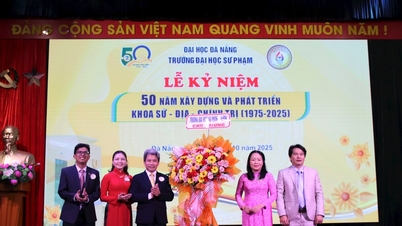
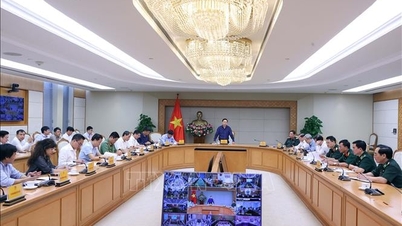

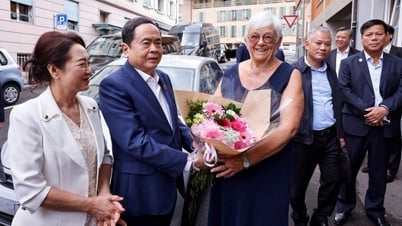



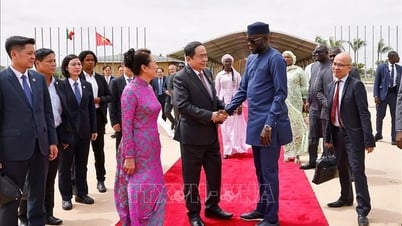



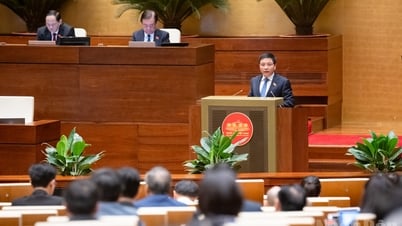
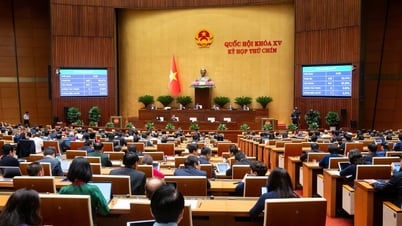



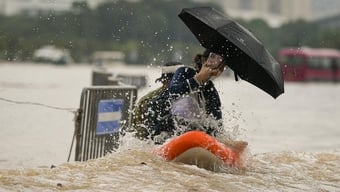

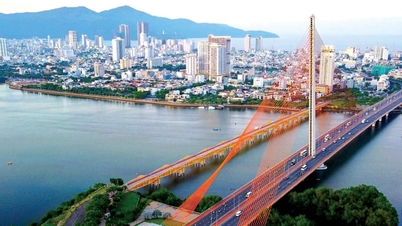
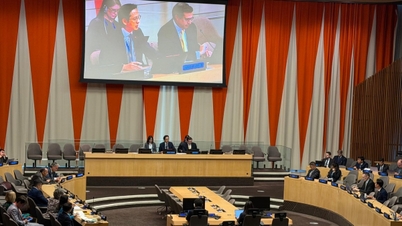
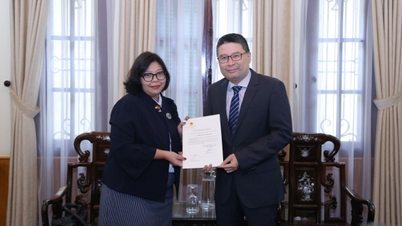

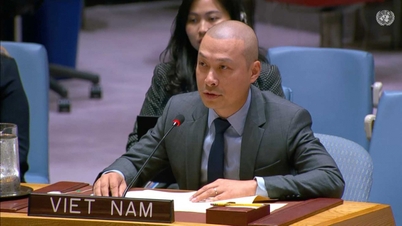



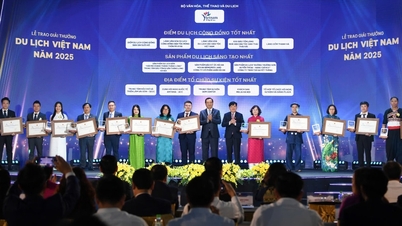




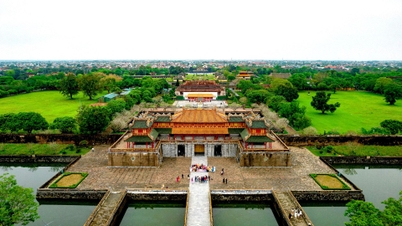



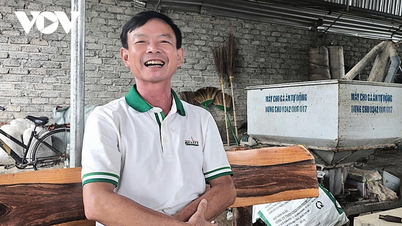








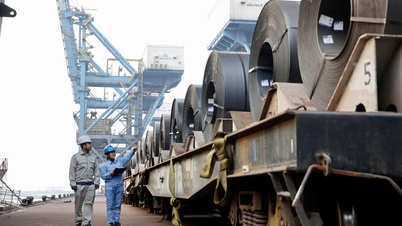

















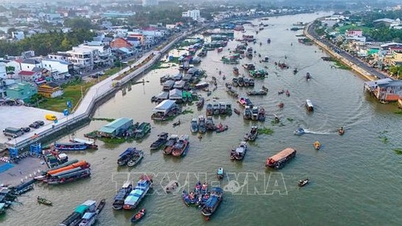





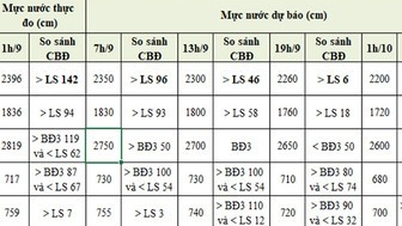

















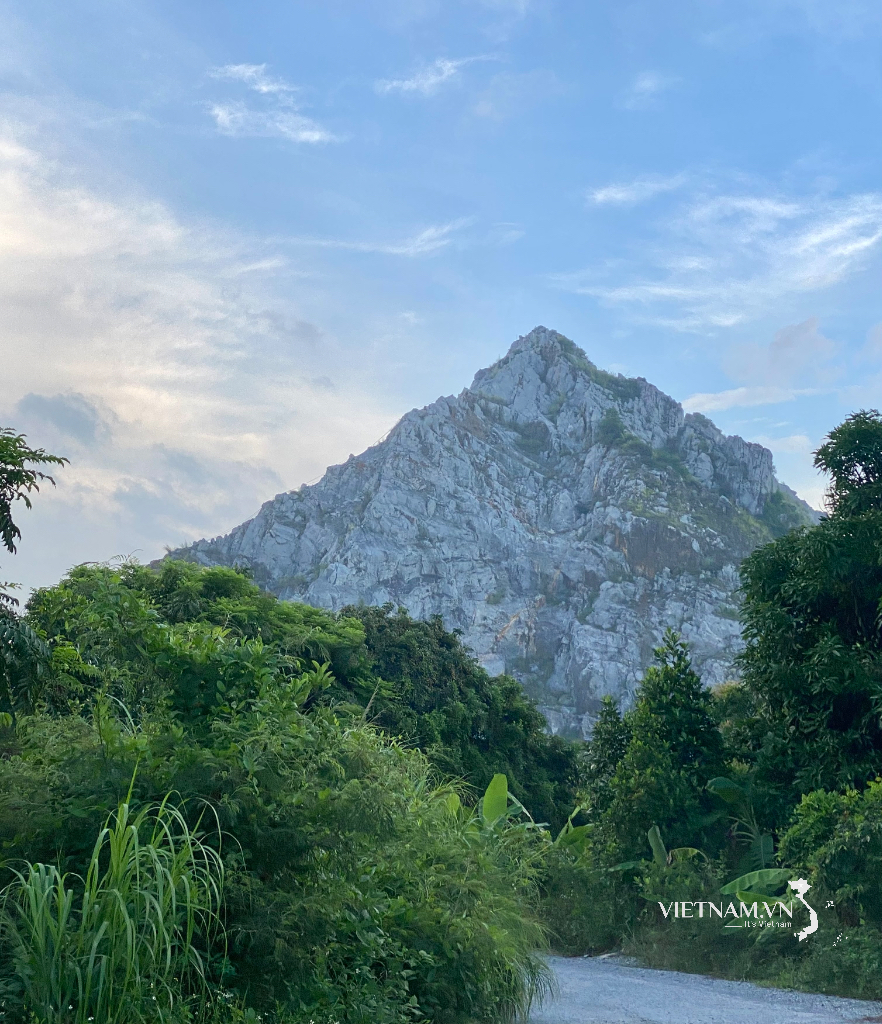
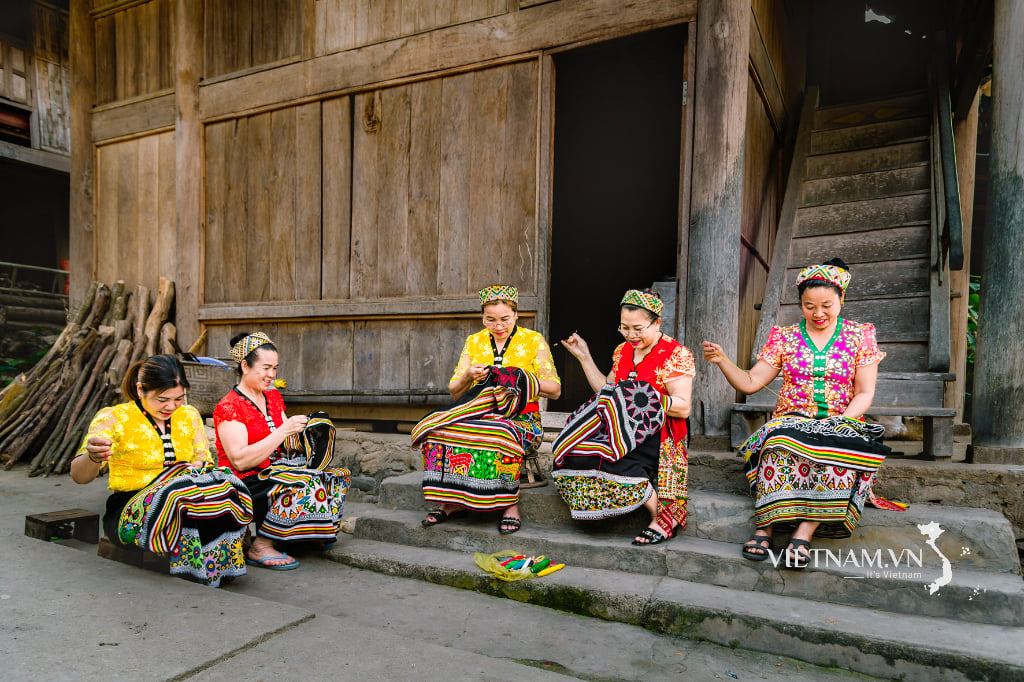
Comment (0)